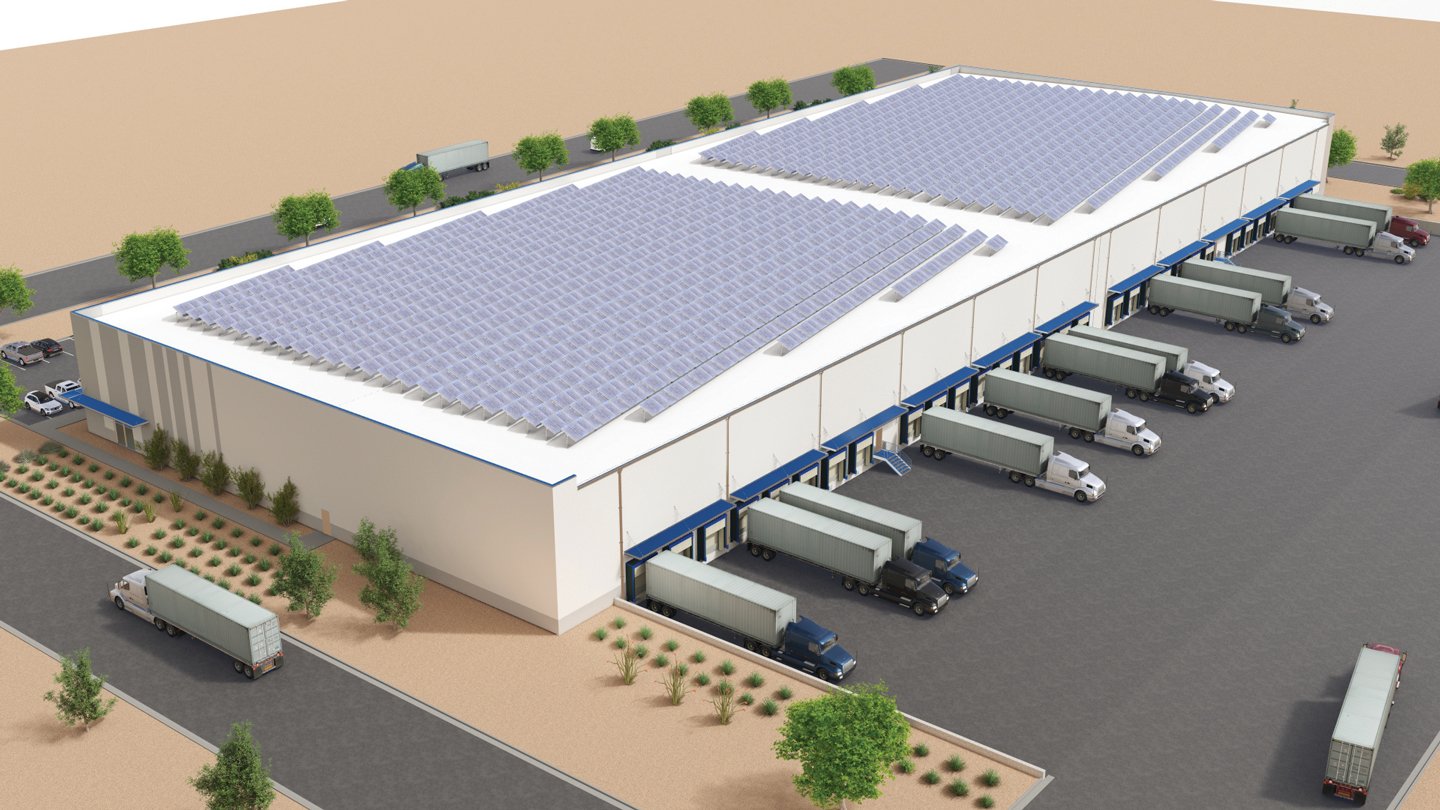What’s the Right Property Tax Valuation Approach for Industrial Real Estate?

The wrong method could leave owners with bigger bills than they should have.
Because industrial properties vary in design and function, not all valuation methods apply to every property. When assessors choose a method that inflates taxable value, the taxpayer’s best appeal strategy may be to show flaws in the approach by referencing a more appropriate appraisal methodology.
Industrial properties are typically designed for a specific owner’s use in manufacturing, distribution, research and development, or heavy industrial activities. These include standalone flex buildings, multiuse industrial complexes, high-tech facilities, steel mills, timber mills and other subtypes.
The basic valuation premise for property taxation is to determine what the property would sell for on the open market in a transaction between a willing seller and willing buyer. Most buyers and sellers in the industrial market would have a thorough understanding of a property’s best use before a sale, but an assessor with a limited perspective may treat all industrial real estate as having uniform valuation characteristics.
Tax authorities often overlook appraisal principles that, if properly applied, would reduce the market value of industrial properties. Taxpayers should always review their assessments to determine the assessor’s valuation approach and evaluate if the appropriate input data was used and if the calculations reflect the appropriate adjustments to value.
The appraiser must consider the highest and best use of the property when selecting the appropriate valuation method, considering what is legally and physically permissible and financially feasible for the property. They will use one of three primary appraisal methods — the cost approach, the sales-comparison approach or the income-capitalization approach.
Cost Approach
The cost approach is based on the theory of substitution — would a prospective purchaser buy this property at a depreciated value or simply build a new facility? Using this approach, an appraiser determines the cost to build a new facility minus all forms of depreciation.
A willing buyer would consider not only physical depreciation, but also the property’s functional operation and any external forces limiting its use. External or economic obsolescence can be defined as forces outside the property owner’s control. These include government restrictions, consumer demand, or the availability of a raw product or steady labor force.
Functional obsolescence is defined as value lost due to physical or functional deficiencies, such as an outdated building design, inefficient production layout, inadequate infrastructure or outdated equipment.
Most assessor cost models stop at physical depreciation and ignore external and functional obsolescence. They simply add up the component costs of the building, land and equipment.
This typical cost model fails the “willing seller and willing buyer” test because a potential buyer is not going to evaluate a manufacturing facility by tallying the value of the property’s components. A buyer will focus on output capacity, available raw product, available labor and the market for the product. In other words, how many widgets can the facility currently produce, and at what cost?
Failing to really consider the theory of substitution is an often-missed analysis in the cost approach. Would a new facility with new equipment and a better layout have higher production capacity? An appraiser should not simply reproduce the same equipment for the cost model if modern equipment offers benefits such as reduced labor, higher speed or increased output. The appraiser must know the industry and the equipment capabilities of both the older, existing equipment and the new, technically advanced equipment.
Comparing apples to apples in the cost model seldom provides a reliable value. An example would be a plywood and veneer mill built in the 1960s that an assessor values by counting costs invested in various add-ons and the rebuilding of equipment. Simply trending the values would not capture rebuilt equipment or used-equipment purchases, which would overvalue the equipment.
The appraiser should determine the cost for the widget capacity of the present facility as of the date of value and compare that to how many widgets a new facility could produce and at what cost. Next, the appraiser should consider all three forms of depreciation to arrive at the proper taxable valuation. Omitting these steps in the cost approach will overvalue the property and overtax the owner.
Sales-Comparison Approach
The sales-comparison approach compares the subject property with a similar property. Appraisers often use this approach for single-use real estate with a high degree of market transferability, such as warehouses and distribution centers. The appraiser must consider not only the comparable property’s floor plate, type of construction and square footage, but also its location, market access and the number of loading docks.
The sales-comparison model is difficult to use for properties that lack a ready market or that suffer from external or functional obsolescence. Consider the research and development campuses built in the 1980s to house all of a company’s processes, from research to manufacturing and distribution. When a significant percentage of manufacturing and distribution moved overseas in the 2000s, many of these campuses were abandoned.
Adapting these buildings for reuse depends on land-use restrictions, the market for alternative uses, available labor, and the functionality and cost feasibility of conversion. When searching for comparable sales, the appraiser should evaluate what is legally permissible and financially feasible and weigh external forces that impact demand and functional use. After selecting like-kind properties, the appraiser must adjust the sales to reflect the reality of the subject property, or it will be over-valued.
Income-Capitalization Approach
The income-capitalization approach estimates a property’s value based on the income it generates, using a capitalization rate from comparable sales or market data. This approach is used for properties with long-term tenants or stable cash flows. The appraiser shouldn’t consider what the value is to the owner, but what a willing buyer would pay for the property. This requires carefully selected market data and calculating proper adjustments to reflect market value.
Appraising industrial properties requires a thorough understanding of their unique characteristics and uses, as well as an awareness of economic and functional obsolescence. It’s crucial to ensure that a property assessment is consistent with the marketplace to avoid overpaying taxes.
Cynthia Fraser is co-chair of Foster Garvey’s Litigation Practice and the Oregon Representative of American Property Tax Counsel (APTC). Lisa Laubacher is a CMI and Director at Popp Hutcheson PLLC, the Texas member of APTC.
Why Property Tax is Important for IndustrialThe Tax Foundation’s “Location Matters 2021” report shows that property taxes often account for more than two-thirds of a distribution firm’s total tax burden. According to the report, states such as Indiana, Kansas, Massachusetts, Michigan, Rhode Island and South Carolina impose unusually high property tax burdens on distribution facilities that are more than 10 years old, primarily because their property taxes extend beyond land and buildings to include inventory, business equipment or both. |
RELATED ARTICLES YOU MAY LIKE
Facility Managers Must Prepare for an All-Electric Future
Fall 2023 Issue







